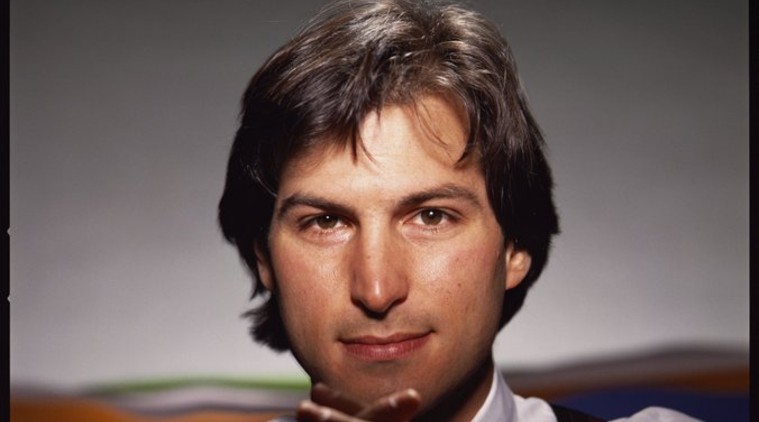 On Dec. 20, 1996, Apple announced its plans to acquire NeXT Software, the company Steve Jobs founded. (Image credit: Tim Cook/Twitter)
On Dec. 20, 1996, Apple announced its plans to acquire NeXT Software, the company Steve Jobs founded. (Image credit: Tim Cook/Twitter)
When Steve Jobs returned to Apple in 1997, the company was in bad shape. Apple had no clear strategy and the company was losing millions of dollars every quarter. Jobs took the command and began working to change the fate of Apple Inc… the rest is history. But not many remember Jobs left Apple in 1985 to found NeXT, a new startup that was in the business of making high-end workstations (eventually a software-only firm) designed for the education industry. Although NeXT wasn’t a successful venture, it did help Apple become the hardware and software powerhouse it is today.
Here are some unknown facts about NeXT Inc:
When Jobs left Apple in 1985 to start NeXT, he brought with him a number of former Apple engineers including Bud Tribble, George Crow, Rich Page, Susan Barnes, Susan Kare and Dan’l Lewin. This gesture of Jobs didn’t go down well with Apple and the company decided to take Jobs and Page to court, alleging that those employers knew inside information about the future lineup (this team was allegedly working on the Macintosh successor, a high- performance computer internally called BigMac which was later cancelled). Jobs replied to the lawsuit, saying: “It is hard to think that a $2 billion company with 4,300-plus people couldn’t compete with six people in blue jeans.” The suit was eventually dismissed before trial.
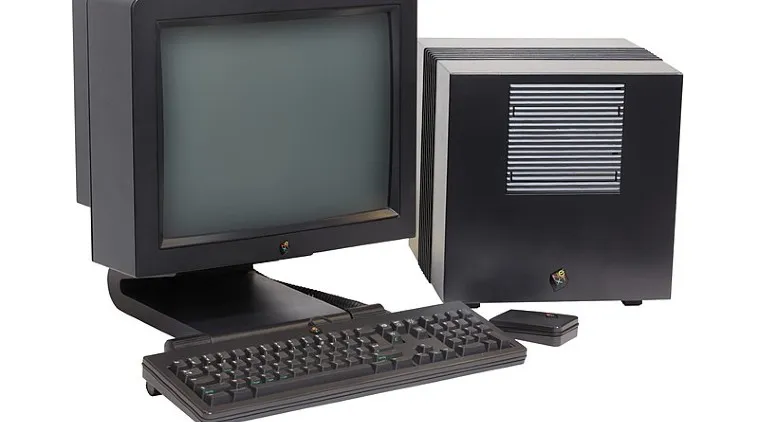 NextCube was the most powerful computer of its time. (Image credit: Rama & Musée Bolo/Wikipedia Commons)
NextCube was the most powerful computer of its time. (Image credit: Rama & Musée Bolo/Wikipedia Commons)
It was Paul Rand, a 71-year-old graphic designer, who designed the NeXT logo. Back then, Rand was in contract with IBM and he felt it would be a conflict of interest to design the logo for NeXT. Jobs had to call the then vice-chairman of IBM to have Rand on board. Jobs paid Rand a whopping $100,000 to design the visual identity of NeXT. In a 100-page guide designed to show the design process, Rand explained the idea of changing the spelling of the word Next to NeXT. By including an “e” in lower-case, the word got a new meaning: excellence, expertise, exceptional, or excitement. Even though, in 1986, NeXT had not come with any hardware device the company had already got a new visual identity.
Retro tech: The forgotten Apple gadgets nobody talks about anymore
Jobs used to pay handsome salaries to the senior team members at NeXT. The senior staff earned $75,000 annually, while everyone else earned $50,000. Employees were also provided health club memberships, counseling services, emergency personal loans up to $5000, and health insurance benefits.
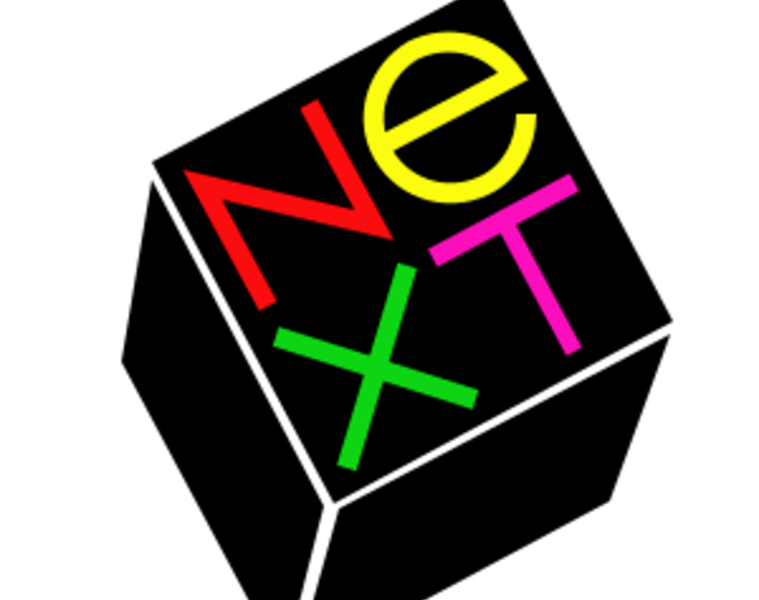 Famous graphic designer Paul Rand charged $100,000 to design a visual identity for Job’s computer company. (Image credit: Wikimedia Commons)
Famous graphic designer Paul Rand charged $100,000 to design a visual identity for Job’s computer company. (Image credit: Wikimedia Commons)
Microsoft’s CEO Bill Gates once called a NeXT computer “crap,” according to Walter Isaacson’s biography “Steve Jobs”. In 1987, Jobs asked Gates to write software for a NeXT computer to which the Microsoft co-founder said, “Develop for it? I’ll piss on it,” according to InfoWorld, which Isaacson quotes in his book.
At the time when HP and IBM were already outsourcing much of their manufacturing to Taiwan, Korea and Japan, Jobs did an unusual thing. He set up a fully automated factory in the same building where all engineers used to design computers. NeXT created a highly automated process with robots being deployed to manufacture computers. Jobs wanted end-to-end control over the manufacturing of its PCs. Ironically, when he came back to Apple in 1997, he stopped the manufacturing of Apple products in America.
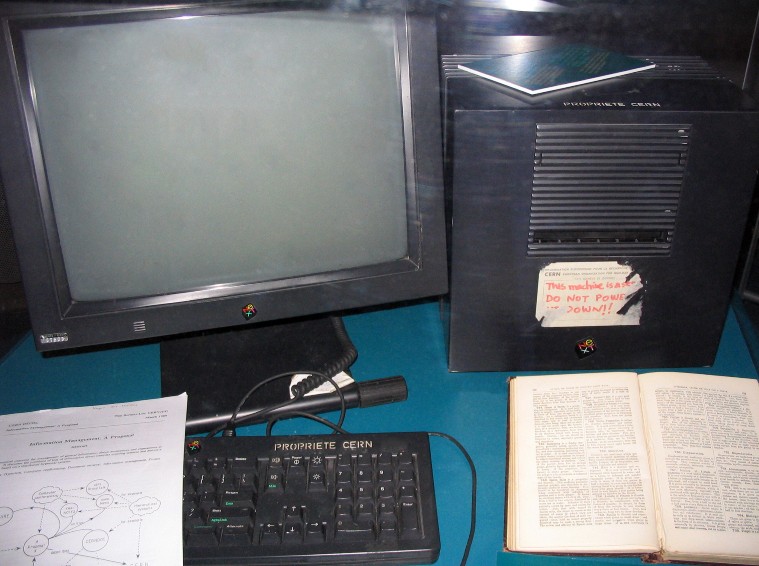 Tim Berners-Lee, a British computer scientist at CERN, used a NeXT computer to design the World Wide Web. (Image credit: Coolcaesa/Wikimedia Commons)
Tim Berners-Lee, a British computer scientist at CERN, used a NeXT computer to design the World Wide Web. (Image credit: Coolcaesa/Wikimedia Commons)
Jobs knew exactly how the NeXTcube would look. He wanted the company’s first computer to be in the form of a cube-shaped magnesium box. The obsession of Jobs can be seen in the way how the NeXTcube turned out to be. Each side of the NeXTcube was to be exactly a foot long, a perfect cube that made it hard to actually manufacture. The sides of the cube casing had to be produced separately, using molds that cost $650,000 at a specialty machine shop in Chicago. In 1990, the production of the first NeXTcube was ended. The NeXT Cube was succeeded by the Cube.
In 1988, NeXTcube made its debut after three years of development. The machine was priced at $6,500 in 1988, and was targeted at researchers and schools. NeXTcube, even though sold poorly, was a revolutionary computer at that time. Instead of using the standard floppy disk to save the data, the Cube used a magneto-optical disk and even featured ethernet and built-in email capabilities. The Cube also came with a 17-inch monitor and its own laser printer.
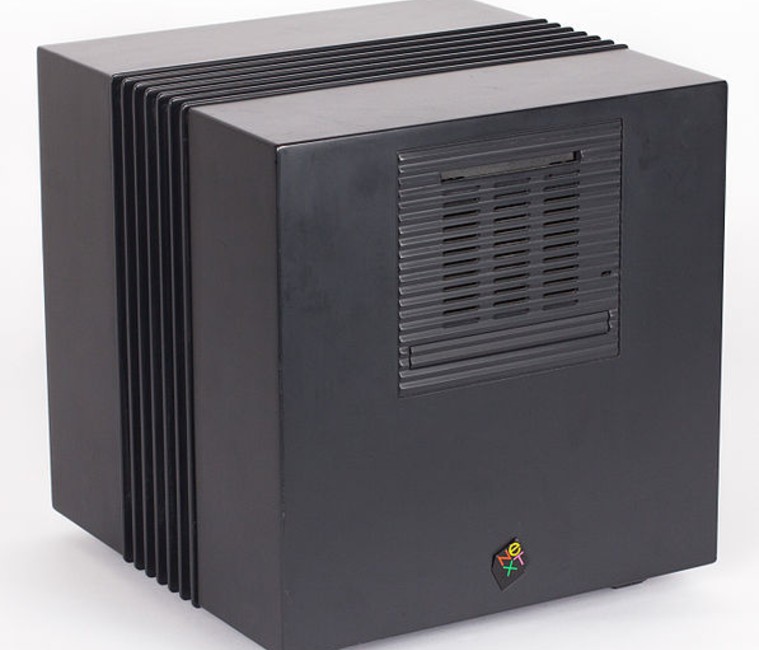 The highlight of the NeXTcube was its unique black matte finish and 12-inch magnesium cube shape. (Image credit: All About Apple museum official web site/Wikimedia Commons)
The highlight of the NeXTcube was its unique black matte finish and 12-inch magnesium cube shape. (Image credit: All About Apple museum official web site/Wikimedia Commons)
Hartmut Esslinger, the founder of Frog Design, was hired to help design the NeXTcube. Esslinger had previously worked with Jobs on designing the Macintosh lineup of computers. The fee Jobs paid to Hartmut was never disclosed by NeXT.
The NeXTcube was unveiled at a flashy event in New York in 1988. Jobs hired George Coates, a local theater director to stage the unveiling of NeXT’s first computer. Jobs did not extend invites to any of Apple employees. The event was attended by 3,000 guests.
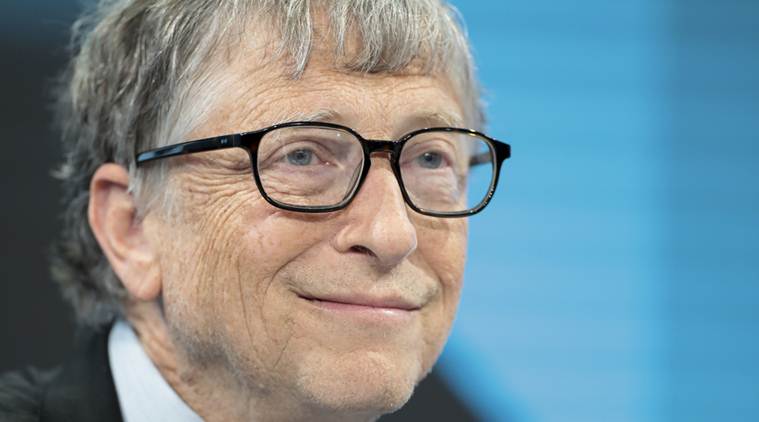 Bill Gates and Steve Jobs had a love-hate relationship. (Image credit: Jason Alden/Bloomberg)
Bill Gates and Steve Jobs had a love-hate relationship. (Image credit: Jason Alden/Bloomberg)
Sir Tim Berners-Lee, the British scientist who invented the World Wide Web (WWW), used a NeXT computer to write the code for the first web browser while working at the physics research institute Cern in 1991. When Jobs passed away in 2011, Berners-Lee in a post on his personal blog entitled “Steve Jobs and the actually usable computer”, thanked the Apple co-founder and CEO for making computers usable rather than “totally infuriating”. “Steve was a champion of usable technology – even sexy technology. Intuitive on the outside and extensible and cool engineering on the inside,” Berners-Lee wrote.
5 years of Apple Watch: Lesser-known facts about the number one watch in the world
The legendary game Doom was developed on a NeXT computer. In a long post on Facebook in 2018, Id Software co-founder John Carmack John, who was behind some iconic games that include Quake, Doom, and Wolfenstein 3D, recalled how he wanted to feature a “Developed on NeXT computers” logo to the original Doom game. However, when he requested it, Jobs turned them down. “Sometime after launch, when Doom had begun to make its cultural mark, we heard that Steve had changed his mind and would be happy to have NeXT branding on it, but that ship had sailed. I did think it was cool to trade a few emails with Steve Jobs,” Carmack said.
Did you know a NeXT Cube shipped with the complete works of Shakespeare? Jobs always envisioned a powerful desktop that would also offer content. To help Job’s in his vision, Michael Hawley, a computer scientist, played a key role in creating digital versions of Shakespeare. NeXT struck a deal with the Oxford University Press for the complete works of Shakespeare for a royalty of $1 a digital copy.
NeXT Computers ran a brand new operating system called “NeXTSTEP.” It was a modern operating system with the ability to multi-task and was based on “Object-Oriented Programming”. The NeXTSTEP was based on the Bell Labs creation, Unix, which is still being used today. Compared to Mac OS, NeXTStep was seen as the next step in the operating systems.
Not many know that macOS X is a modified version of NeXTStep, the operating system Jobs created for the NeXT lineup of computers. In fact, the NeXTSTEP is the foundation of iOS, watchOS, and tvOS.
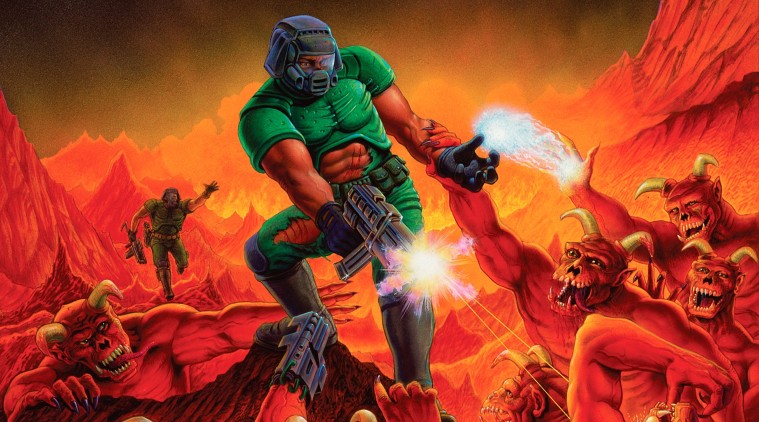 Doom, one of the best games ever made, was being developed on a NeXT computer. (Image credit: Screenshot/Microsoft Store)
Doom, one of the best games ever made, was being developed on a NeXT computer. (Image credit: Screenshot/Microsoft Store)
One of the lesser-known facts about NeXT is that Japanese company Canon poured in $100 million in Job’s computer company in 1989. By investing $100 million into NeXT, Canon got a 16.67 per cent stake in the company. NeXT was worth $600 million even before the company had begun shipping its first product.
In its lifetime, NeXT only managed to ship about 50,000 units and the company had no choice but to close the factory and exit the hardware market. Jobs sold the entire hardware side to Canon.
In 1993, NeXT decided to become a software-only vendor. The “NeXTSTEP” was renamed to “OpenStep” and the OS was ported to other hardware platforms including Intel processors and Sun workstations.
Around the same time, Apple was also struggling. Mac OS was showing its age and Apple computers were fast losing to cheaper Windows-powered PCs. In 1997, Apple CEO Gil Amelio acquired NeXT for $400 million. A few months later, the board fired Amelio and gave Jobs control of the company.
